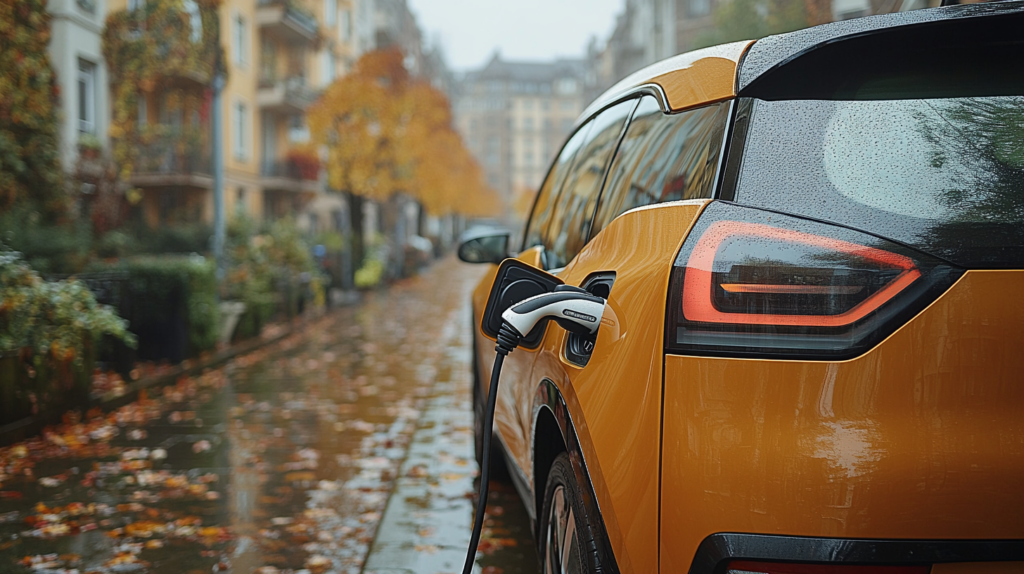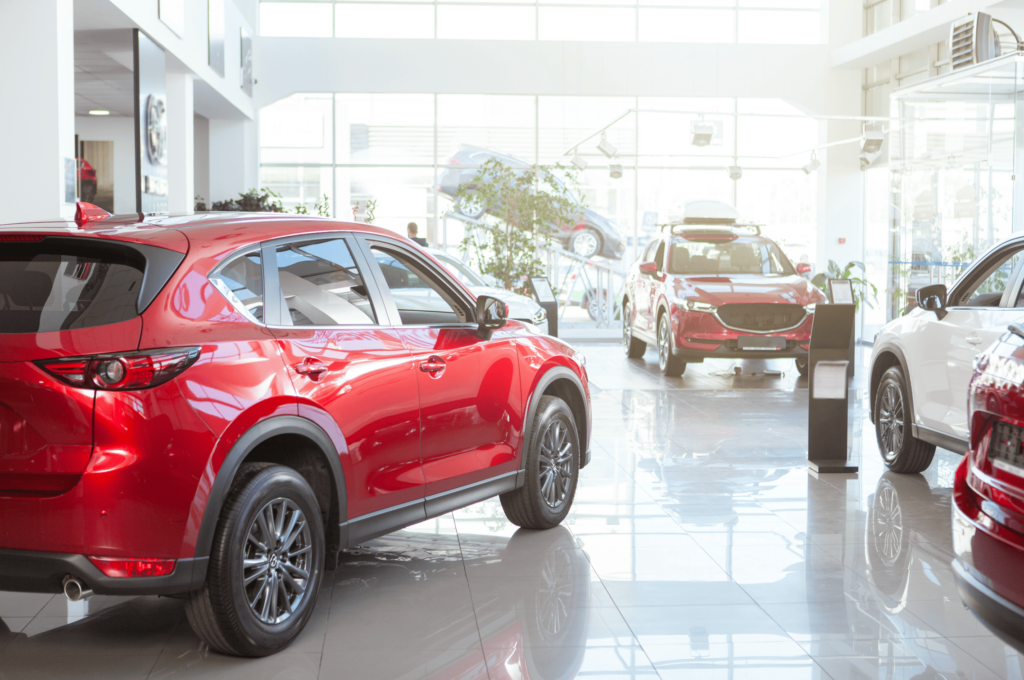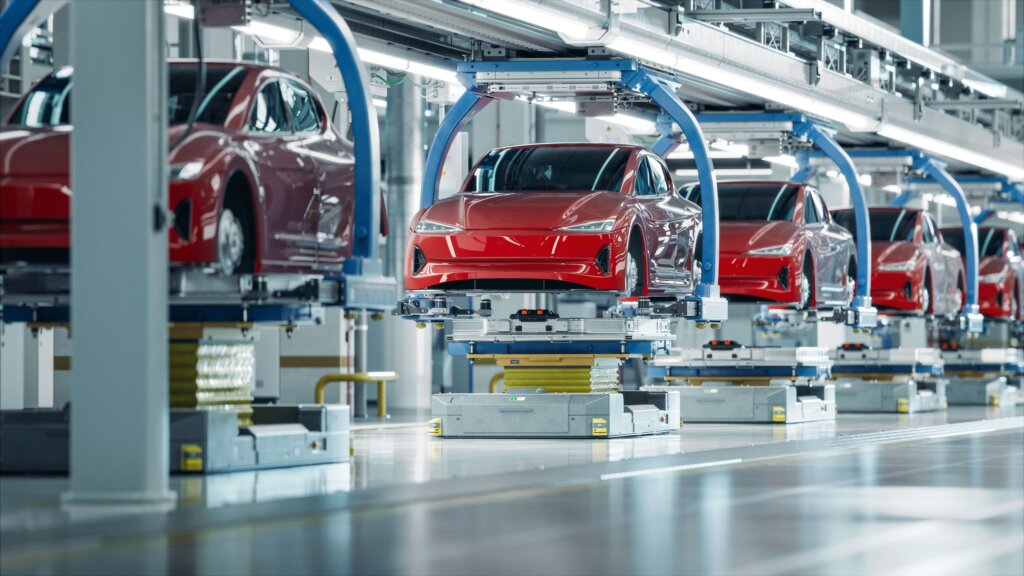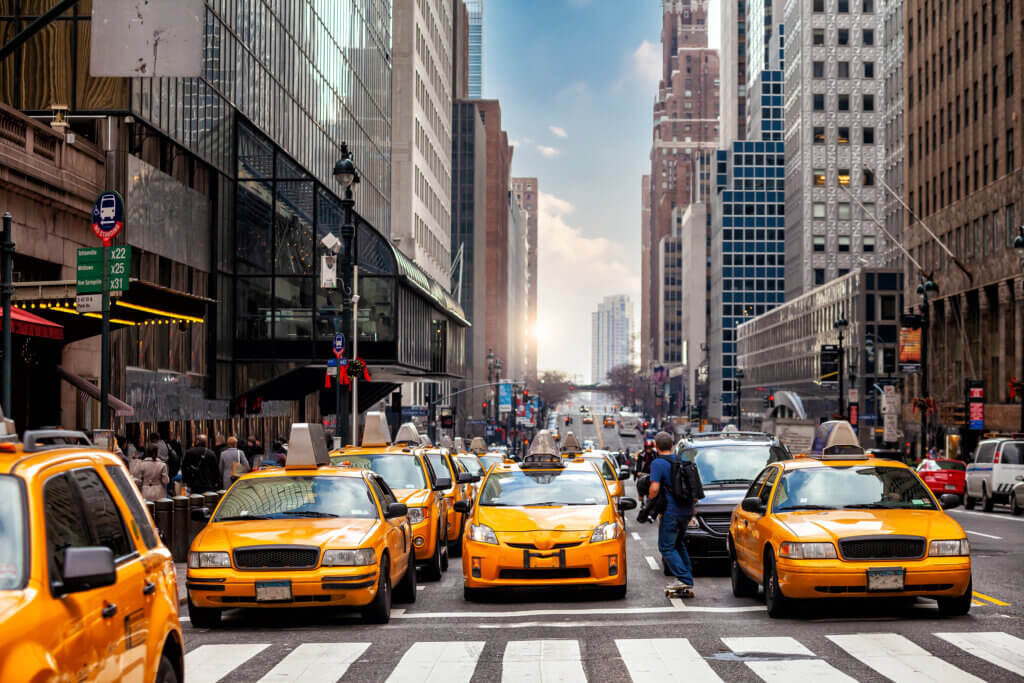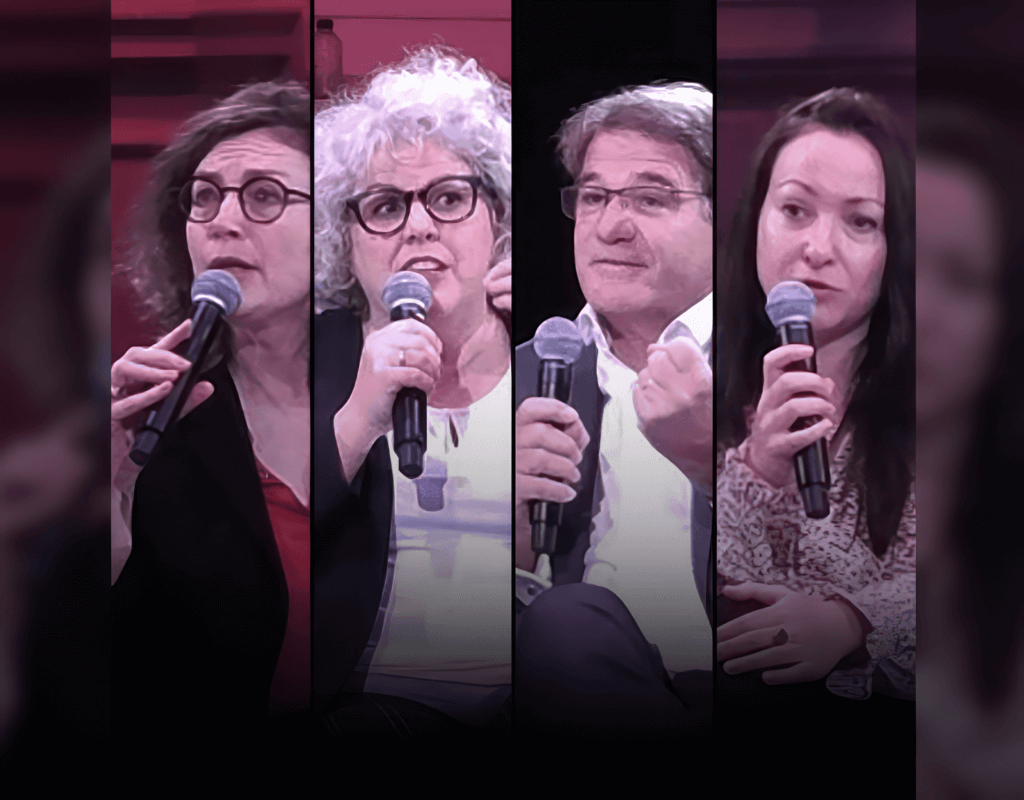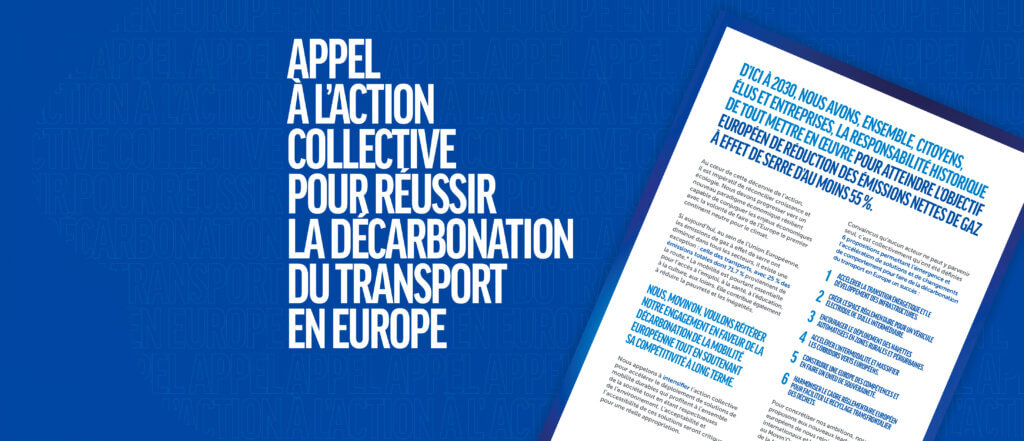New Zealand Electrifies Public Buses :Tiny Country, Mighty Mission
New Zealand is a country of just 5.26 million people – about the population of Sydney, Australia – but the mini country has a mighty goal – complete decarbonisation of the New Zealand public bus fleet by the year 2035.

New Zealand is a country of just 5.26 million people – about the population of Sydney, Australia – but the mini country has a mighty goal – complete decarbonisation of the New Zealand public bus fleet by the year 2035.
Even under incumbent conservative Prime Minister Christopher Luxon, leader of the New Zealand National Party, this transportation goal, set in 2021 by then Prime Minister Jacinda Ardern, leader of the Labour Party, still stands.
In January 2021, the government of Prime Minister Ardern announced its commitment to decarbonizing the public transport bus fleet. The commitment has endured. By 2025, the government will allow only zero-emission public transport buses to be purchased. Before 2021, there were 2,600 such buses operating in New Zealand, but fewer than 40 were active electric buses.
Auckland is New Zealand’s largest city, with 1.7 million people, and Auckland Transport, the agency responsible for all the region’s transport services, is way ahead of the game. Auckland has procured only zero-emission buses since July 2021, four years ahead of schedule.
Auckland Transport has conducted trials with zero-emission buses since 2018 and is now building up to a fleet of 152 zero-emission buses – and that includes 20 electric double-decker buses.
In July 2021, before the transition to e-buses had gathered momentum in Auckland, the city’s bus fleet that year was responsible for 79 percent of the organisation’s emissions, emitting 75,530 tonnes of the greenhouse gas carbon dioxide (CO2).
Today, as part of Auckland Transport’s Mission Electric, 133 electric buses are operating in the city, making it the largest e-bus fleet in New Zealand. The agency also is trialling fuel-cell electric buses.
West Auckland’s flagship bus service, the WX1, will be run by fully electric double-decker buses from April 2025 – just one year from now – under a new AU$166 million contract signed on April 18 between Auckland Transport and bus operator Tranzit Group.
The nine-year contract will see Tranzit Group bring more than 40 new electric buses to the streets of Auckland, operating under its Tranzurban Auckland brand on 120 bus routes. More than half will be electric double-decker buses.
Stacey van der Putten, Auckland Transport’s Director of Public Transport and Active Modes, says the new contract with Tranzit Group demonstrates AT’s commitment to running frequent, reliable and sustainable bus services for West Auckland communities and marks another step on the city’s Mission Electric journey.
“Since we introduced the WX1 Western Express last November we have seen fantastic growth on this frequent bus route which connects Westgate with the city centre, carrying more than 275,000 passengers so far,” van der Putten said.
Tranzurban Auckland will recruit 90 additional drivers and has plans for a new bus depot near Westgate, equipped with three megawatt charging for the incoming electric buses.
Enabled by Microsoft Cloud, the agency’s digital strategy includes gathering and analyzing weather and real-time traffic data to inform commuters and help city officials make informed infrastructure decisions.
New Zealand Cultivates Home-grown E-Bus Industry
While the influence of Commonwealth countries such as Australia, Canada, and the United Kingdom is part of New Zealand’s electric bus industry, China’s influence is also strong.
Several New Zealand companies, not content to purchase e-buses elsewhere, are developing electric bus manufacturing in New Zealand.
* – In 2018 Kiwi Bus Builders started to build 10 fully electric double-decker city buses for the Greater Wellington Regional Council. These were the first electric double-deckers in the Southern Hemisphere and the first of them was launched at Parliament on July 5, 2018. These buses have a capacity of 68 seated passengers and 16 standees and have the ability to re-charge in under six minutes to give a 100km (62 mile) range.
By 2021 Kiwi Bus Builders, based near the city of Tauranga in the North Island’s Bay of Plenty Region, were building 31 more double-decker electric buses, with air conditioning. With the technology in battery operation improving, this second-generation electric bus has a 200km (124 mile) range on a six-minute fast charge.
* – Alexander Dennis (ADL), the largest bus and coach manufacturer in the United Kingdom, has manufacturing plants and partnerships in New Zealand, Canada, China, Europe, Hong Kong, Malaysia, Singapore, South Africa and the United States.
By June 2021, ADL’s electric buses in New Zealand had chalked up more than one million kilometers of zero-emission operation, avoiding more than 1,000 tonnes of CO2 emissions.
In December 2021, Chinese automobile giant BYD partnered with ADL to begin the production of electric buses, a model known as BYD ADL Enviro200EV XLB. These ultra-long, three-axle, electric buses will be operated by Transdev subsidiary Howick & Eastern in east Auckland.
The BYD ADL Enviro200EV XLB combines BYD’s lithium iron phosphate battery technology and a full battery cruising range of 300 kilometers. It is built in New Zealand by ADL’s partner Kiwi Bus Builders on a BYD chassis. All components fitted on the 12.6 meter-long bus are supplied by BYD.
ADL’s General Manager in New Zealand, Tony Moore, said, “The launch of our extra-large electric bus marks an exciting new chapter in our partnership with Auckland Transport. After bringing the first electric buses to the city in 2018, we now have a zero-emission bus that is fully designed to New Zealand requirements – and is made locally, boosting the economy and supporting skilled jobs.”
Auckland Transport Metro Decarbonisation Manager Darek Koper said the introduction of this new three-axle electric bus completes the procurement of the zero-emissions trial bus fleet.
“This trial fleet provides a range of options for New Zealand bus operators, and it will build operator confidence in new technology,” Koper said. “It will also allow them to understand operational requirements and costs to inform future procurement decisions, while supporting the accelerated transition to zero emission buses in Auckland.”
To date, the manufacturer has supplied 18 BYD ADL Enviro200EV electric buses to transport authorities and operators in New Zealand, with more on order.
* – Electric Autobus: This Wellington-based company supplies two and three axle, single and double decker electric buses currently serving cities across New Zealand.
Electric Autobus sources its chassis and powertrains from CRRC Corporation Limited, a Chinese state-owned and publicly traded rolling stock manufacturer – the world’s largest rolling stock manufacturer in terms of revenue.
“Yet our buses are local,” Electric Autobus says on its website. “They are customised to meet New Zealand customer and regulatory requirements as well as New Zealand’s climate and road conditions. Each bus model is co-designed with local engineers and built with the option for localisation in mind.”
* – NZ Bus: One of New Zealand’s largest urban bus operators, NZ Bus has been actively transitioning to electric buses. They have deployed 33 electric buses in Auckland and are committed to further electrifying their fleet. In the past, NZ Bus has purchased buses from manufacturers that include Alexander Dennis Limited; Yutong, based in Zhengzhou, China ; and BYD, which stands for Build Your Dreams, a publicly listed Chinese multinational manufacturing company based in Shenzhen, Guangdong province.
NZBus has signed a deal with Wrightspeed, a company founded by Ian Wright, a Kiwi and co-founder of Tesla, to retrofit NZBus’s fleet with electric engines, contributing to a greener public transport system.
* – Tranzit: Tranzit Coachlines, the largest New Zealand family-owned and operated bus and coach company, has launched New Zealand’s first fully electric bus network in the city of Palmerston North and its suburb, Ashhurst. The project was delivered by Horizons Regional Council and contracted to Tranzit.
* – The biggest carbon reduction was achieved by the fleet of initially six, later eight, electric buses run by the ferry operator Fullers360 on Auckland Transport services on Waiheke Island, which have prevented the emission of 300 tonnes of CO2 in just eight months. Waiheke Island is the second-largest island (after Great Barrier Island) in the Hauraki Gulf of New Zealand off the north coast of the country’s North Island.
* – Fuel Cell electric buses are part of New Zealand’s plan, and in March 2021 the Canadian company Ballard Power Systems, based in Vancouver announced that Ballard’s FCmove fuel cell module is powering the first fuel cell electric bus made in New Zealand. The fuel cell bus was designed and built by Global Bus Ventures.
Rob Campbell, Ballard chief Commercial Officer said, “This important step in New Zealand is another clear indication of the growing global interest in fuel cells as the primary propulsion system for medium and heavy-duty motive applications, including transit buses, where key requirements include heavy payload, long range and fast refueling.”
Sowing the Seeds, Fertilizing the Sprouts
In January 2021, the entire fledgling industry welcomed the announcement by the New Zealand Government of Prime Minister Ardern of NZ$50 million funding (nearly €30 million) to help councils fully decarbonise their public transport bus fleet by 2035.
In March 2023, New Zealand Green Investment Finance (NZGIF) signed a major financing deal with Kinetic, based in Melbourne and Australasia’s largest bus transport operator, to help decarbonise public transport across the country.
Kinetic plans to support councils in transitioning public bus fleets from diesel to battery-electric buses. To date, Kinetic has delivered over 150 electric buses to New Zealand in partnership with councils in Auckland, Wellington, Christchurch, and Tauranga.
NZGIF’s $50 million capital expenditures (CapEx) facility will finance electric buses and associated infrastructure, and is part of a broader senior lending syndicate supporting Kinetic’s strategic vision and sustainability goals.
The NZGIF facility will be used to accelerate the decarbonisation of New Zealand’s public transport fleet and is enough to fund more than 150 zero-emission buses over the term of the facility. If fully drawn, the facility will help New Zealand avoid more than 100,000 tonnes of CO2 emissions over the life of the assets.
NZGIF Chief Executive Craig Weise said the deal was an important step for New Zealand’s public transport system.
“If New Zealand is going to meet its CO2 emissions reductions targets, we’re going to need to dramatically increase the number of low and zero-carbon emissions buses on our roads,” he said when the deal was signed.
“Only around five percent of public buses in New Zealand are electric at the moment, so there’s room for a huge improvement. The technology is readily available but, until now, financing for the New Zealand market just hasn’t been there. We were established precisely to help catalyse these sorts of deals, and to collaborate with other like-minded organisations to build a low carbon economy,” Weise explained.
“It’s great to be working with Kinetic, which is not only the largest bus operator in Australasia but one of the fastest growing as well,” he said enthusiastically. “They’re already well established in New Zealand through their acquisitions of NZ Bus and Go Bus, and we’re excited to be working with them and the broader lending syndicate to help reduce public transport emissions.”
Kinetic Co-CEO Michael Sewards said the support of NZGIF recognised Kinetic’s strategic vision and sustainability goals.
“The strength of our lending syndicate recognises the evolution and diversification of the Kinetic platform across Australasia and our trusted partnerships with government regulators and regional councils to accelerate the decarbonisation of public transport,” Sewards said.
“IN OUR EXPERIENCE, NEW ZEALAND IS LEADING THE CHARGE ON THE GLOBAL STAGE ON THE TRANSITION TO ZERO-EMISSION BUSING, AND WE’RE PREPARED WITH ADEQUATE SUPPORT TO MEET BOTH COMMUNITY EXPECTATION AND THE GOVERNMENT MANDATE FOR THE FULL DECARBONNISATION OF URBAN BUSES IN NEW ZEALAND BY 2035.” – Michael Sewards, Co-CEO, Kinetic
In March, the Ministry of Transport released the draft Government Policy Statement on Land Transport 2024 for feedback.
The draft outlines the government’s plan for investing in land transport over the next 10 years by directing AU$7 billion per year in expenditure from the National Land Transport Fund.
The draft GPS prioritizes economic growth and productivity, increased maintenance and resilience, safety, and value for money from transport expenditure.
And finally, Prime Minister Luxon promised while campaigning to build 10,000 new electric vehicle chargers, saying Kiwis are not switching to EVs because they have “range anxiety.”
He said his New Zealand National Party would invest AU$257 million over four years to build the chargers and revive the “highly successful” Ultra-Fast Broadband funding model, which blended public and private sector investment.
Around 20 percent of New Zealand’s total emissions come from transport, so embracing EVs is crucial to delivering our climate change commitments, the Prime Minister said.
Toute l’actualité de Movin’On
dans votre boîte mail
Auteur
Partager
Tweets de @movinonconnect
Movin'On 2035 TODAY EP02 - Circular Economy & Competitivity
Movin’On 2035 TODAY EP01 – Fair Mobility for All https://x.com/i/broadcasts/1yNxagBrWZbGj
✨ THAT'S A WRAP!
Movin'On Summit 2024 has just concluded in Brussels!
More than 350 leaders and experts in sustainable mobility gathered to exchange ideas, collaborate, and share their vision for desirable and decarbonised mobility in Europe. Together, we explored ways to build…
🔴 Live from #MovinOnSummit2024
@AshaSumputh has just invited Denis Machuel, CEO at @AdeccoGroup and Florent Menegaux, President of the @Michelin Group & President of Movin'On
L’actualité de la mobilité durable
Découvrez les dernières tendances, des analyses thématiques et nos prochains rendez-vous

